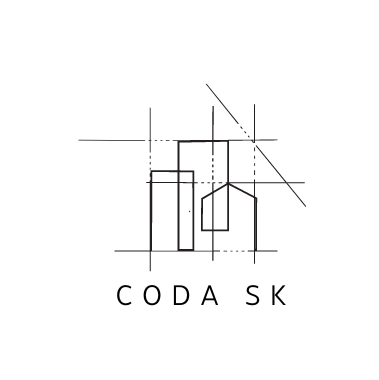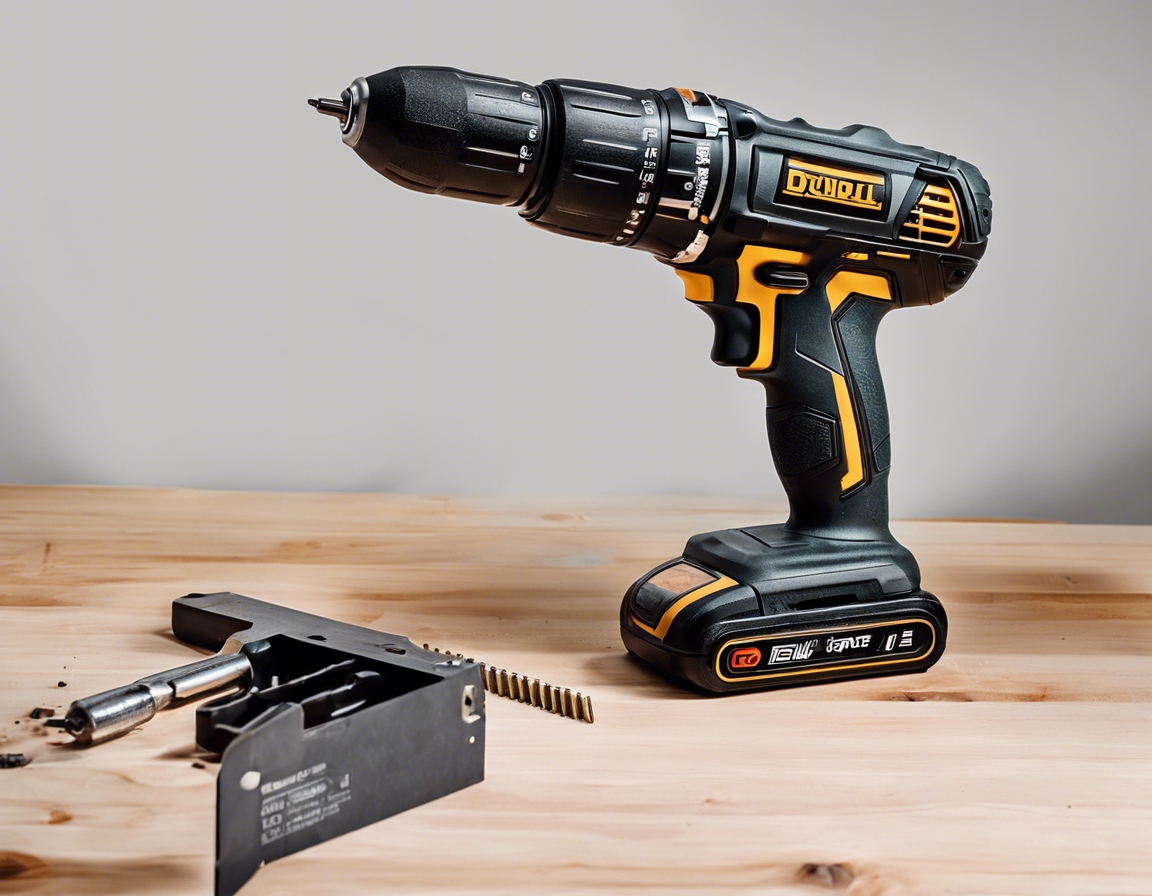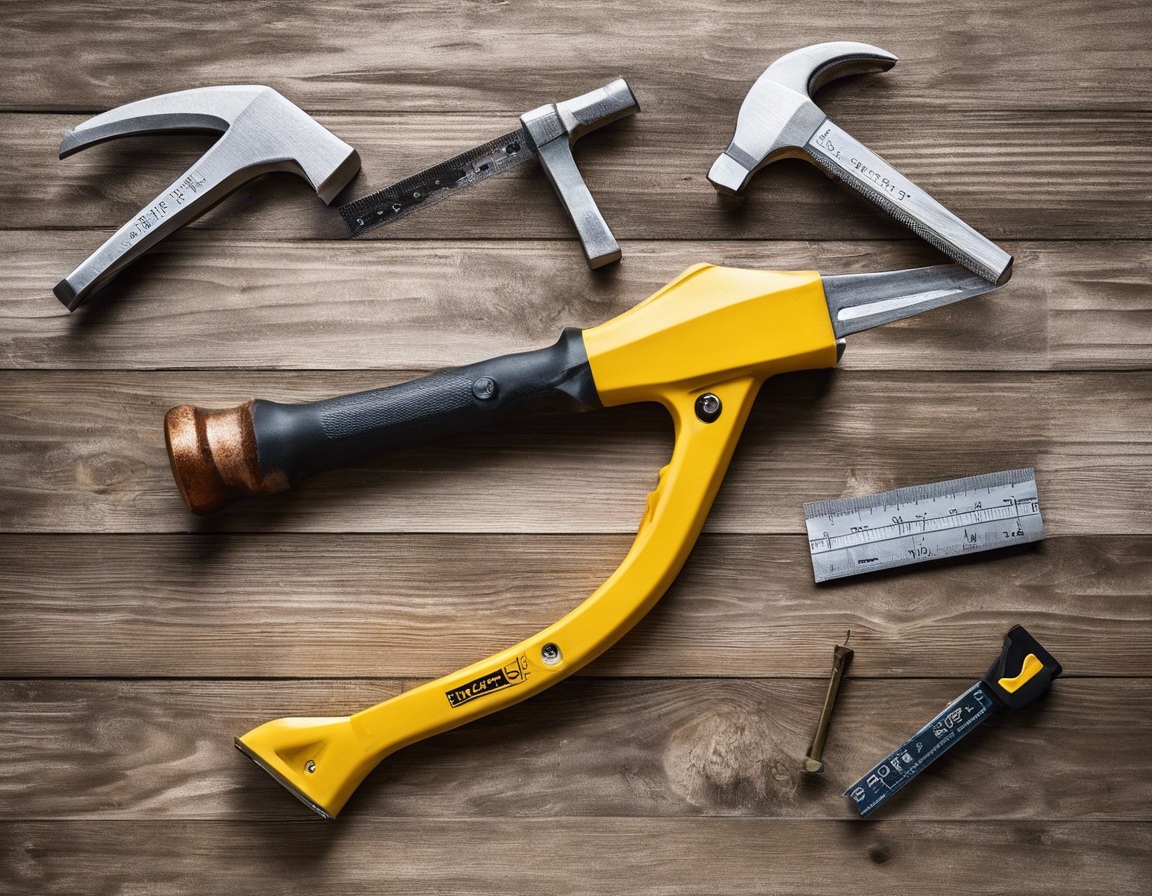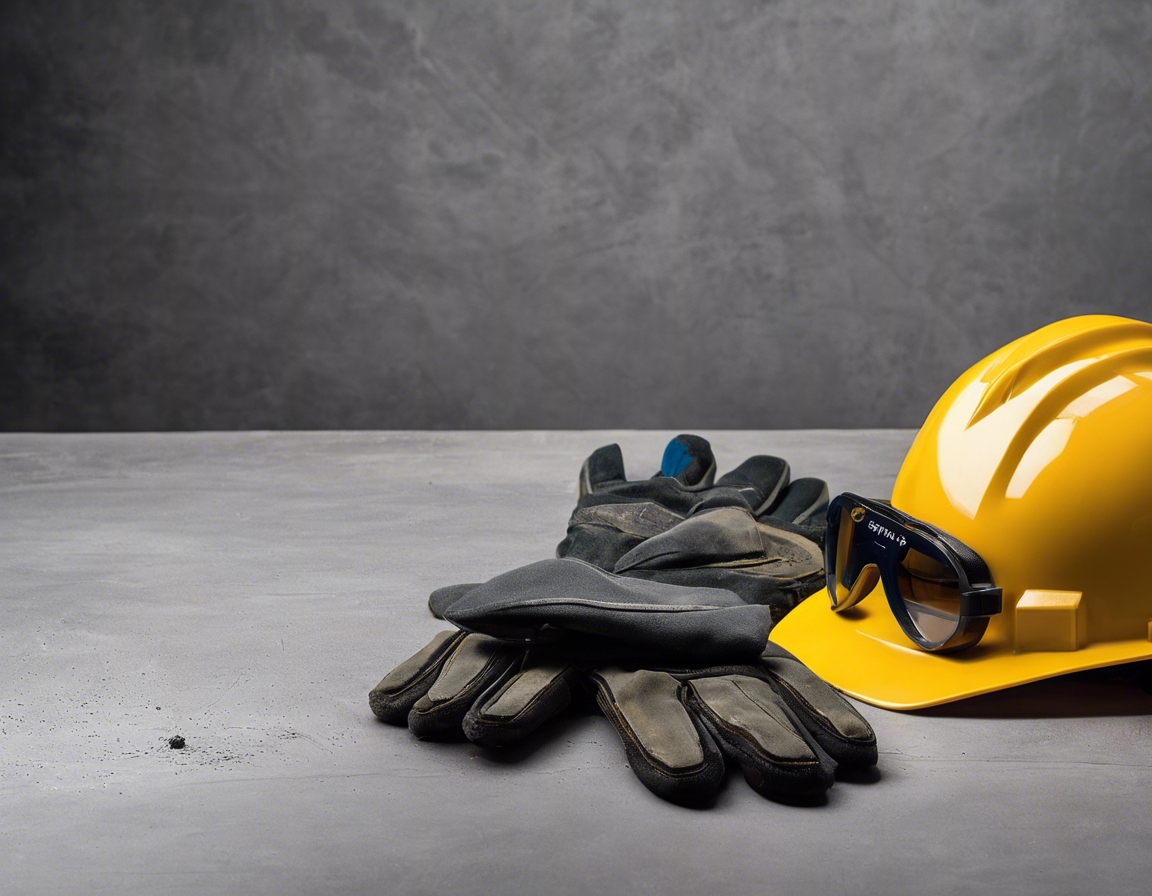5 trends shaping private house construction in 2023
As we venture into 2023, the landscape of private house construction continues to evolve, driven by technological advancements, environmental concerns, and changing homeowner preferences. In this post, we'll explore five key trends that are shaping the future of residential building, offering insights for families, apartment associations, and property developers.
1. Sustainable and Eco-Friendly Building Practices
Energy efficiency remains a top priority in home construction. Builders are increasingly adopting Passive House standards, which result in ultra-low energy buildings that require little energy for heating or cooling. These homes are not only cost-effective in the long run but also contribute to a healthier planet.
Environmentally conscious construction involves the use of sustainable materials like bamboo, recycled steel, and low-VOC paints. Innovations such as cool roofs and green insulation options are also gaining traction, reducing the carbon footprint of new homes.
The integration of renewable energy systems, such as solar panels and geothermal heating, is becoming more common in private house construction. This not only reduces reliance on non-renewable resources but also offers homeowners significant savings on utility bills.
2. Smart Home Technology Integration
Smart home technology is revolutionizing the way we live. Home automation systems allow homeowners to control lighting, heating, and other home systems remotely, enhancing convenience and energy efficiency.
With the rise of smart technology, advanced security systems have become more accessible. Features like smart locks, surveillance cameras, and integrated alarm systems provide peace of mind for homeowners.
Energy management systems help homeowners track and optimize their energy usage, leading to smarter consumption and reduced environmental impact.
3. Customization and Personalization
The demand for flexible floor plans is on the rise, with homeowners seeking spaces that can adapt to their changing needs. Open-plan living areas and multipurpose rooms are examples of this trend.
Homeowners are looking for ways to make their spaces unique. Custom cabinetry, bespoke finishes, and personalized design touches are becoming increasingly popular.
As the population ages, there's a growing need for homes that can accommodate different stages of life. Features such as ground-floor bedrooms and accessible bathrooms are becoming more common in new home designs.
4. Health and Wellness-Focused Design
With an increased focus on health, indoor air quality is a critical consideration in home construction. Systems that ensure proper ventilation and use of non-toxic materials are essential for a healthy living environment.
Natural light has been shown to have significant health benefits. Incorporating large windows and skylights, along with elements of biophilic design, which connects occupants with nature, can enhance well-being.
Outdoor living spaces are becoming an extension of the interior. Patios, decks, and gardens are designed to be functional year-round, promoting an active and healthy lifestyle.
5. Advanced Construction Techniques and Materials
3D printing and modular construction are revolutionizing the building process. These methods can significantly reduce construction time and waste, while also allowing for greater design flexibility.
Materials such as insulated concrete forms (ICFs) and structural insulated panels (SIPs) offer superior insulation and durability, leading to more energy-efficient and resilient homes.
Advancements in construction technology, including the use of drones for site surveying and augmented reality for project visualization, are streamlining the construction process and enhancing precision.






Comments (0)